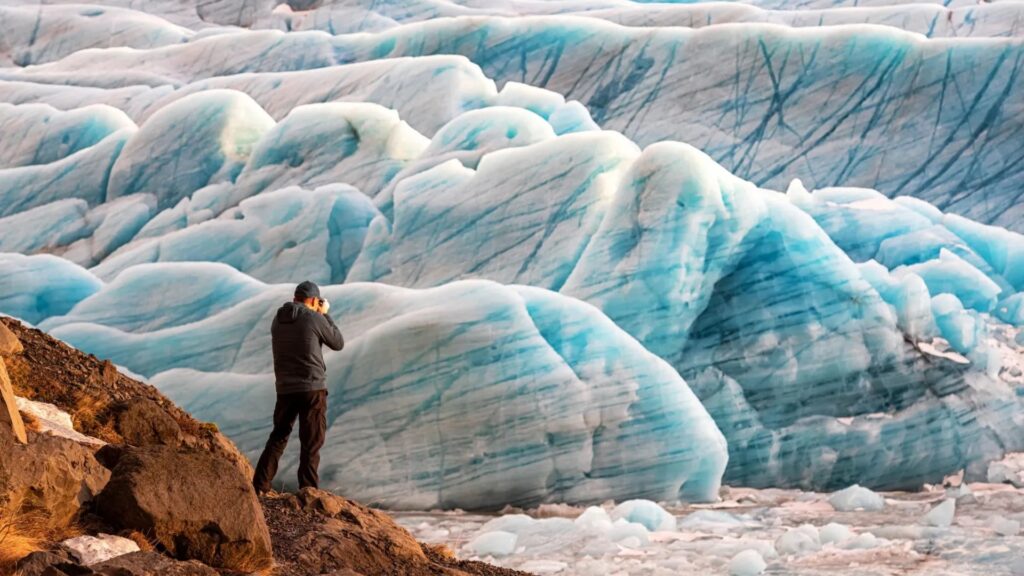
The melting of glaciers, particularly in the Himalayas, poses a significant threat to global food security, especially for countries like China and India that rely heavily on irrigation from these water sources. As climate change accelerates the melting of these glaciers, the implications for agriculture and food production are dire. This article explores how this “domino effect” could lead to widespread food shortages.
The Importance of Glacial Meltwater
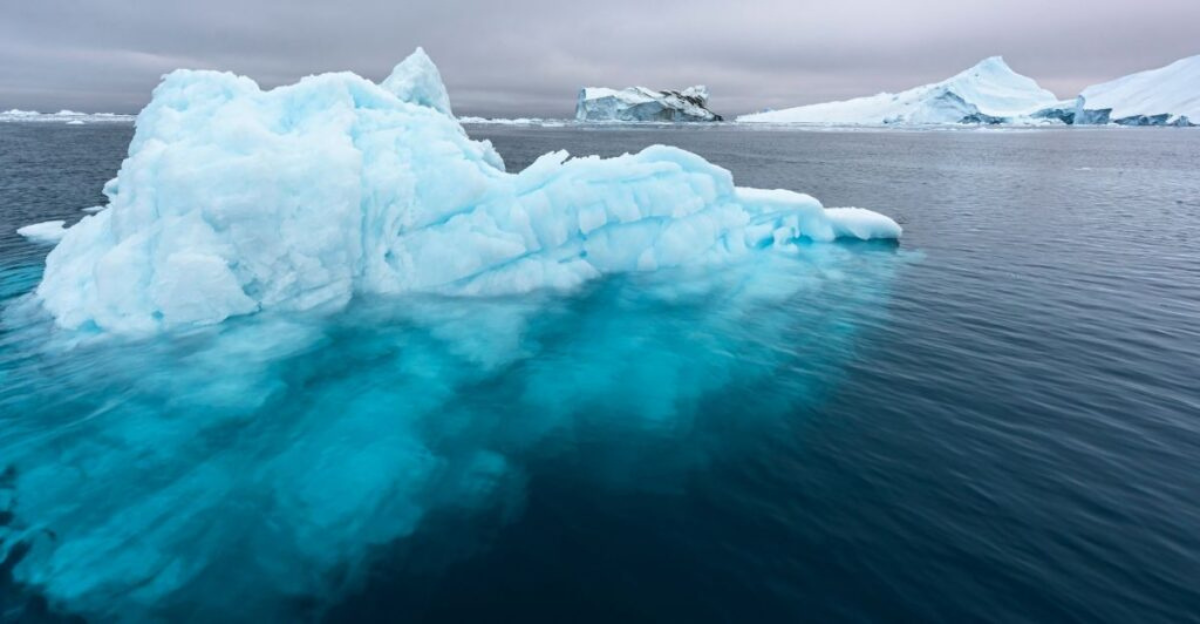
Glaciers serve as crucial water reservoirs for many regions, particularly in Asia. The Ganges, Yellow, and Yangtze Rivers are among the major rivers that depend on glacial meltwater during the dry season. In fact, the Gangotri Glacier contributes approximately 70% of the Ganges’ flow in these critical months. This meltwater is essential for irrigating rice and wheat crops that sustain hundreds of millions of people in these densely populated countries.
The Threat of Disappearing Glaciers
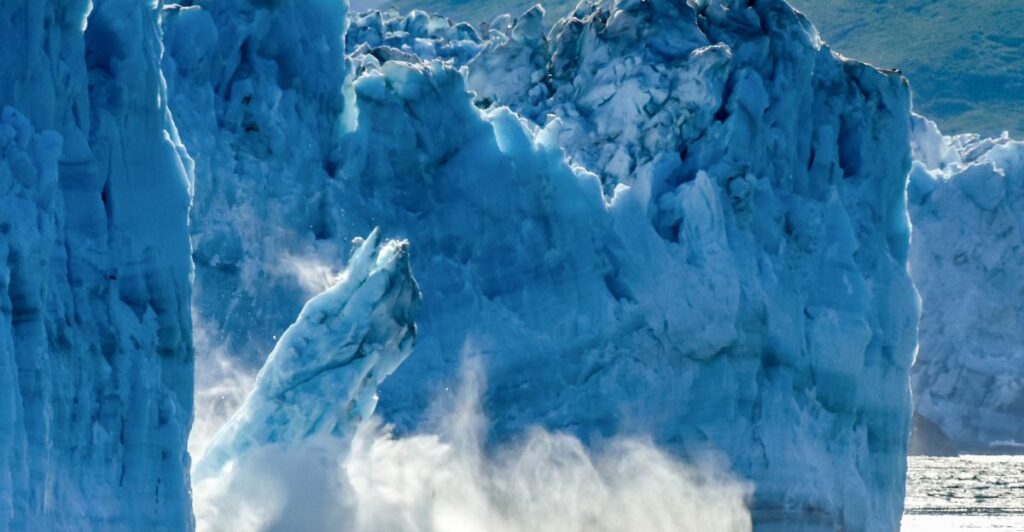
According to the Intergovernmental Panel on Climate Change (IPCC), many Himalayan glaciers could vanish by 2035. Chinese glaciologists predict that two-thirds of the glaciers on the Tibet-Qinghai Plateau may be gone by 2060. Such a loss would drastically reduce meltwater availability, potentially transforming the flow of these rivers from perennial to seasonal.
Impacts on Food Production
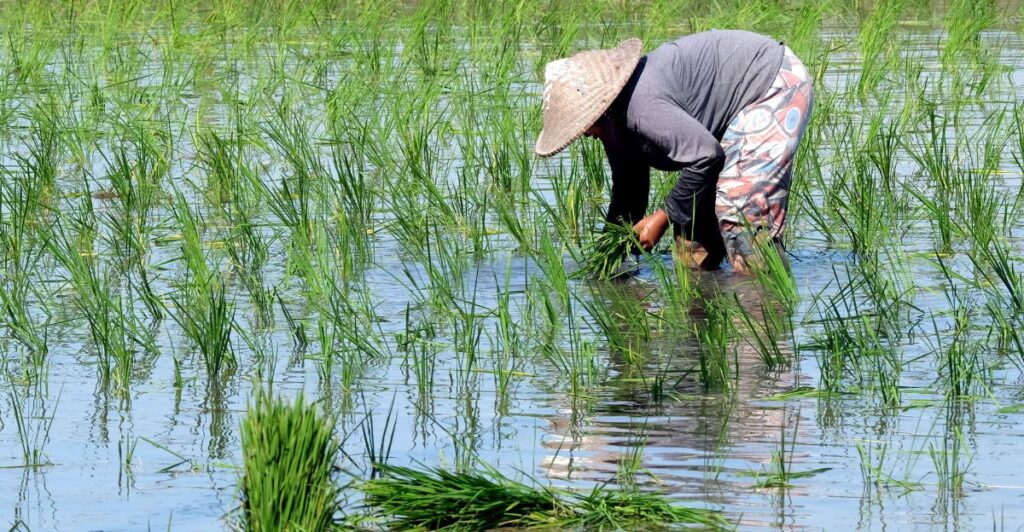
The dry season is when water is most needed for irrigation, yet it is precisely during this time that glacial meltwater is expected to diminish significantly. This scenario threatens the agricultural output of both China and India, which together produce over half of the world’s rice and wheat. The Yangtze River alone irrigates half of China’s annual rice harvest.
Regional Dependency on Glacial Melt
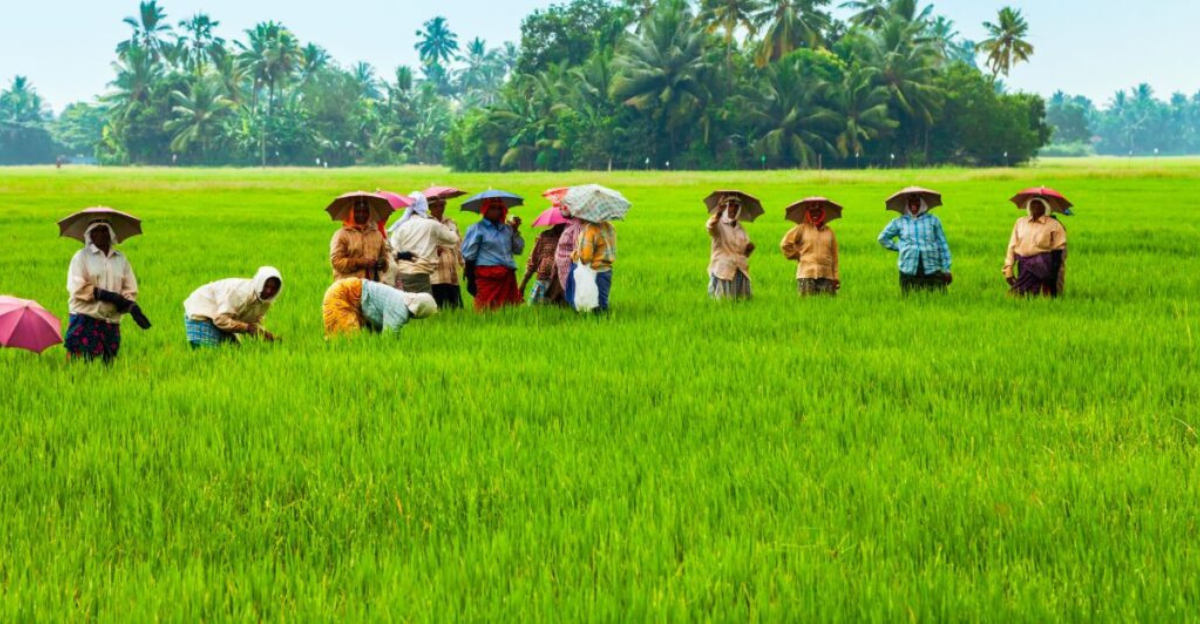
Pakistan also faces similar challenges, with 60% of its population relying on grain irrigated by the Indus River. This river system is similarly dependent on meltwater from Himalayan glaciers. Pakistan’s former agriculture minister Amir Mohammad has warned that glacier melting is already affecting water flow into the Indus River system.
Overreliance on Aquifers
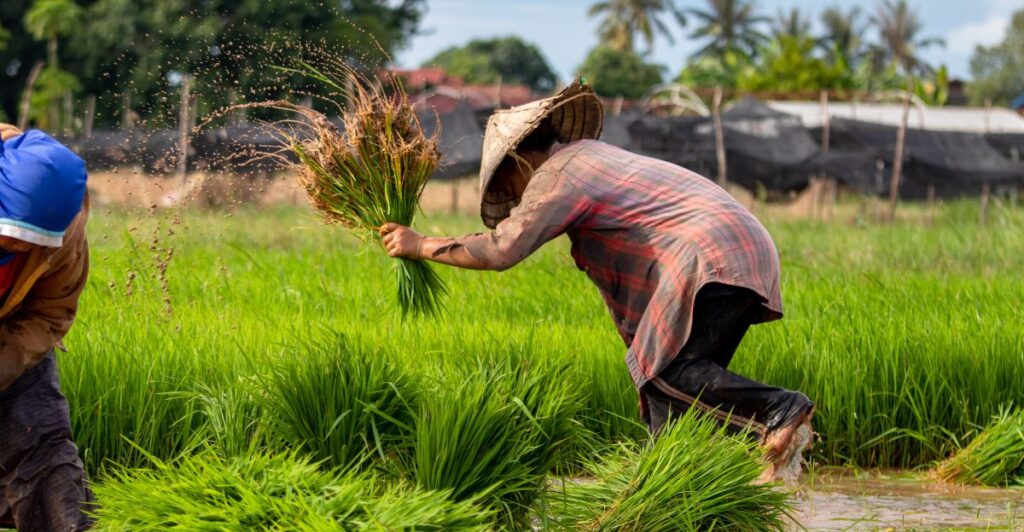
In addition to glacial meltwater, much of China and India’s agriculture depends on ancient underground aquifers. However, these aquifers are being depleted faster than they can be replenished, leading to sinking water tables in critical agricultural regions like the North China Plain and Punjab.
Political Ramifications

The potential loss of both glacial meltwater and aquifer resources could result in “politically unmanageable food shortages,” as rising populations in both countries will require increased food production to meet demand. In India, where over 40% of children under five are already underweight and undernourished, such shortages could exacerbate hunger and increase child mortality rates.
Global Grain Market Implications
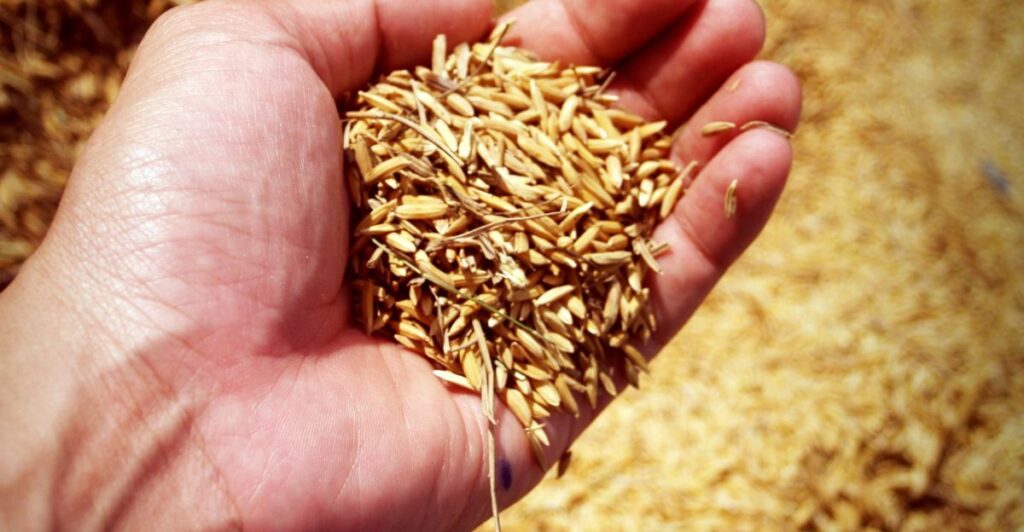
The ramifications extend beyond China and India; grain is a globally traded commodity. Current trends show record-high grain prices due to increased global demand. A significant reduction in grain production from these two countries could lead to higher prices worldwide, affecting food security in other regions as well.
Immediate Action
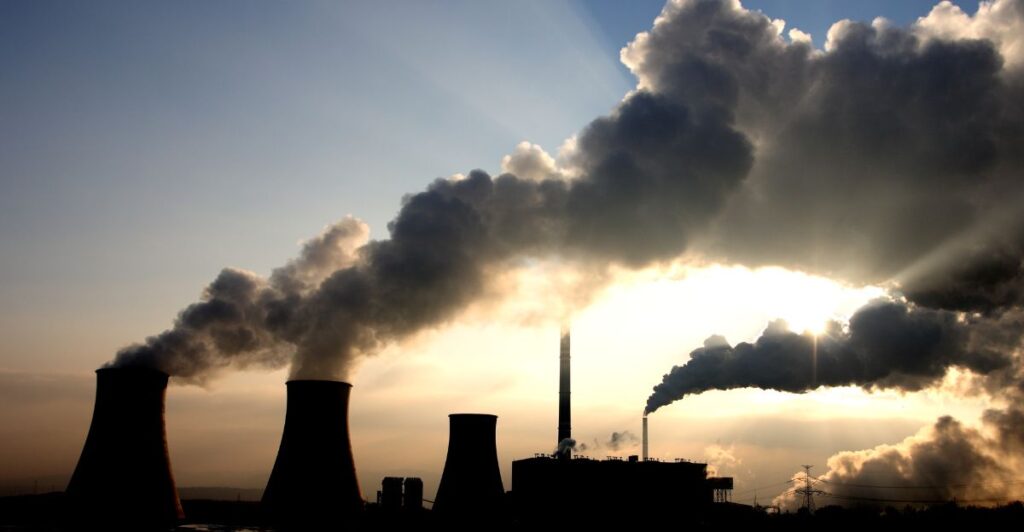
Lester Brown from the Earth Policy Institute advocates for immediate action to mitigate this looming crisis. He suggests that abandoning business-as-usual energy policies and cutting carbon emissions by 80% is essential. One key step would be to halt new coal-fired power plants, as both China and India are currently planning to expand their coal infrastructure.
Renewable Energy Alternatives

Brown emphasizes that China has the potential to double its electrical generating capacity through wind energy alone. Transitioning towards renewable energy sources could alleviate some pressure from fossil fuels and contribute positively towards combating climate change.
Cultural Significance of Glaciers
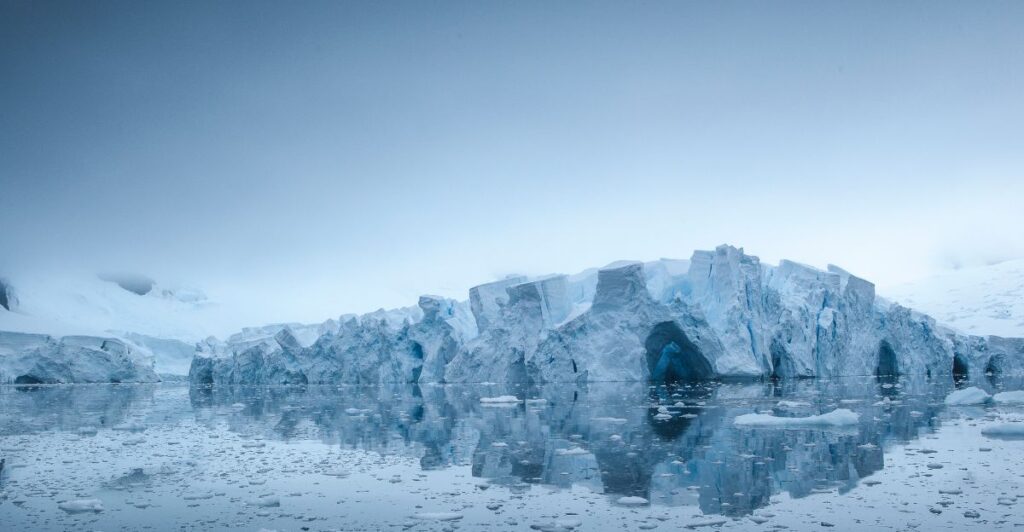
Beyond their environmental impact, glaciers hold cultural significance for many communities living near them. They are integral not only for water supply but also for local traditions and spiritual beliefs. The loss of glaciers thus represents not just a physical but also a cultural erosion for many communities.
Future Research Directions
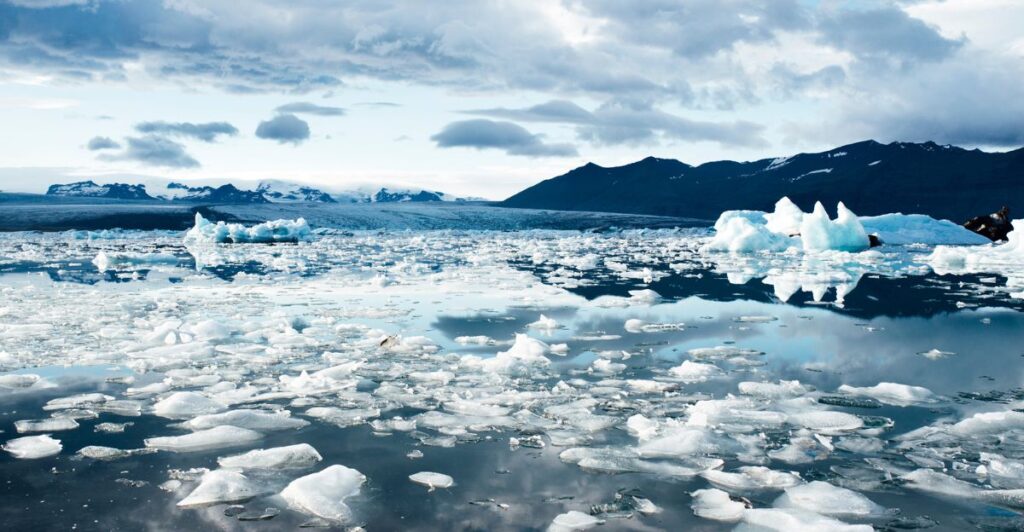
Ongoing research is crucial to understanding the long-term impacts of glacial melt on agriculture and water security. Studies are being conducted to assess how changes in glacial melt will affect downstream water supplies and agricultural practices across South Asia.
A Call for Sustainable Practices
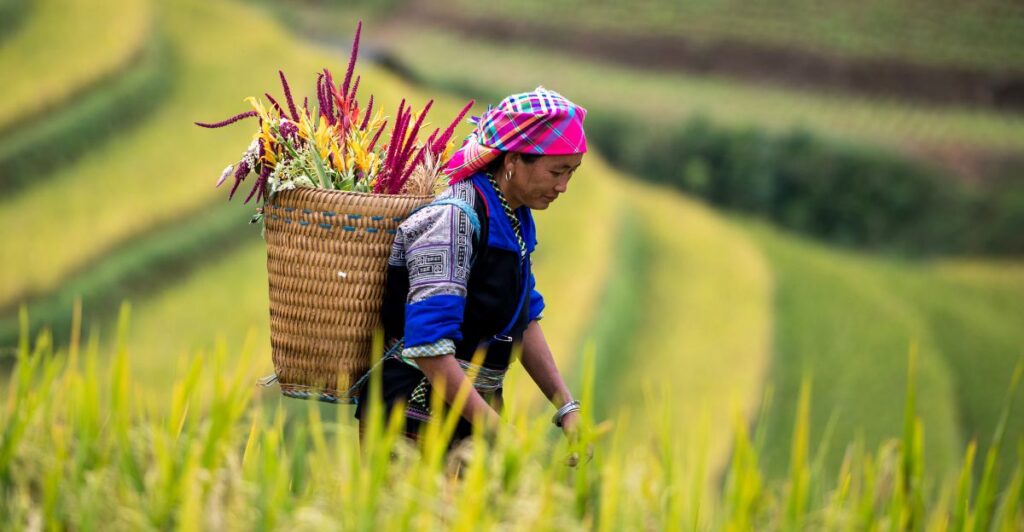
As we face unprecedented challenges posed by climate change, it is imperative that nations work together to develop sustainable practices that protect vital water resources. Addressing the issues surrounding melting glaciers is not merely an environmental concern but a pressing humanitarian issue that requires immediate global attention and action.
Explore more of our trending stories and hit Follow to keep them coming to your feed!

Don’t miss out on more stories like this! Hit the Follow button at the top of this article to stay updated with the latest news. Share your thoughts in the comments—we’d love to hear from you!







